In Vietnam, the application of artificial intelligence (AI) in medicine is a new field but currently has an increasing role in disease diagnosis, thereby helping to make accurate, timely and effective treatment decisions.
Effectiveness in AI in medical diagnosis and treatment
The World Health Organization (WHO) predicts that by 2030, the world will be short of about 18 million health workers. Therefore, the application of artificial intelligence (AI) in medical examination and treatment and imaging diagnosis not only provides accurate results and quick data analysis but also helps doctors reduce many stages of work, contributing to solving the shortage of health workers.
 |
| In healthcare, diagnostic imaging is a leading field where AI can be applied to increase efficiency. |
According to Prof. Dr. Pham Minh Thong, Chairman of the Vietnam Association of Radiology and Nuclear Medicine, in medicine, diagnostic imaging is the leading field applying AI. The application of AI software helps diagnose faster and the results are more accurate.
In the near future, AI will be widely used in diagnostic imaging, helping to reduce the workload for doctors because of the large number of patients. Without AI, reading the results of the doctor will be very time-consuming. Thus, AI is a useful tool to support doctors in the field of diagnosis, which can help detect very small lesions.
AI-powered imaging technologies are being developed as prognostic tools, helping doctors predict which cases require treatment, even before symptoms appear. Early intervention can help patients live longer, enjoy a better quality of life, and reduce care costs for families and society.
Dr. Ha Thuc Nhan, a member of the Association of Radiology and Nuclear Medicine, shared that with liver cancer, the application of AI in diagnosis can help predict the percentage of cancer risk of a person with fatty liver disease, hepatitis, etc.
This is achieved through a combination of means such as clinical tests, magnetic resonance imaging, etc., from which doctors can provide active treatment to reduce that risk.
This is an important point to help prevent cases from progressing to dangerous stages, especially liver cancer. According to Dr. Nhan, AI can also help doctors see if the fatty liver condition is getting better or worse after a period of intervention by quantifying the percentage of fat in the cells.
According to a representative of GE HealthCare Vietnam, in Vietnam, there are millions of printed copies of diagnostic imaging results every day. When applied, AI with the ability to read and analyze data will help doctors get the most selective results, instead of having to process large volumes of images of each case.
It is known that since 2023, many hospitals in Vietnam have been interested in applying AI to support medical examination and treatment such as Hung Vuong Hospital, Cho Ray Hospital, K Hospital, Hospital 199 ( Ministry of Public Security ).
Associate Professor, Dr. Le Manh Cuong, Director of Tue Tinh Hospital (Vietnam Academy of Traditional Medicine) said that the hospital is also updating AI and robots in the treatment of musculoskeletal diseases and rehabilitation, combined with traditional medicine solutions.
In the treatment of musculoskeletal diseases, rehabilitation is very important. With the development of medicine, AI and robots are being applied in the treatment of musculoskeletal diseases in particular, rehabilitation in general is quite broad, from small functions such as feet, hands, neck and shoulder pain, spine, disc herniation, post-stroke problems such as hemiplegia, limb weakness...
3D simulation of renal blood flow
6 months ago, Mrs. MTV (82 years old, Ho Chi Minh City) had laparoscopic surgery to remove part of her left kidney due to cancer at a hospital near her house. A month ago, she had blood in her urine so she went to the hospital for a check-up.
Specialist Doctor I Phan Huynh Tien Dat, Department of Urology, Center for Urology - Nephrology - Andrology, Tam Anh General Hospital, Ho Chi Minh City, said that Ms. V. had symptoms of gross hematuria, meaning urine is red or pink in color and can be seen with the naked eye.
Based on the patient's history of laparoscopic nephrectomy and after considering all possibilities, Dr. Dat suspected that the hematuria was related to arteriovenous fistula.
However, before Ms. V. went to the doctor, other facilities could not find the cause of the bleeding, so Tam Anh General Hospital, Ho Chi Minh City, decided to perform a 3D (3-dimensional) simulation model to find the cause of the continuous bleeding in the body. The patient had a CT scan of the kidney using a 768-slice CT system.
Thanks to the high-resolution 768-slice CT scanner system, the entire renal blood vessel structure and kidney are represented as a clear 3D (3-dimensional) model on the computer.
Thanks to this model, the doctor can observe the kidney and the renal vascular system visually, clearly and in detail, from large blood vessels to small blood vessels. For a clearer observation, the doctor can enlarge the model, close up on the blood vessels to find and analyze small lesions.
As expected, after carefully examining the CT scan results, the doctor discovered three fistulas about 1mm in size on the left renal artery and vein. This was the reason why Mrs. V. had persistent hematuria.
According to Dr. Dat, renal arteriovenous fistula is a rare complication after laparoscopic surgery to preserve the kidney and is therefore easily missed.
“The urologist must consider this cause before prescribing the appropriate imaging method to find the exact location of the disease. Otherwise, if the prescription is not appropriate, the disease cannot be detected,” said Dr. Dat.
In addition, in cases of very small fistulas like Mrs. V., not only is a high-resolution CT system (768 slices or more) required to clearly observe the lesions, but an experienced radiologist is also required to read the results accurately.
After finding out the cause of Mrs. V's hematuria, Dr. Dat ordered her to have renal artery embolization to close the fistula.
A study by American scientists published in 2022 showed that the incidence of renal arteriovenous fistula was only 0.04%. Or another study also from the US in 2010, in 889 cases of kidney trauma, only 1 case (accounting for 0.11%) had renal arteriovenous fistula.
Renal arteriovenous fistula formation is caused by many reasons such as congenital malformations, vascular damage due to renal tumors, renal trauma or renal surgery as in the case of Mrs. V.
Renal arteriovenous fistula causes hematuria in patients that can be microscopic hematuria (blood mixed in urine but cannot be seen with the naked eye, can only be detected by a urine test) or gross hematuria.
If left untreated, renal arteriovenous fistula can cause dangerous complications such as high blood pressure, urinary obstruction or congestive heart failure (the heart pumps blood ineffectively, unable to meet the body's oxygen needs, causing blood to pool in many organs).
Currently, renal arteriovenous fistula can be controlled by surgery or embolization as in the case of Mrs. V.
Doctors recommend that people with a history of kidney intervention (kidney biopsy, partial kidney surgery, etc.) or kidney trauma with hematuria should go to the hospital for early examination and determine the exact cause in order to have appropriate treatment.
Concerns about the rejuvenation of gout patients
Previously, the age of gout was mainly between 40-60 years old. However, nowadays, this disease is getting younger, even 20-30 years old have contracted the disease.
Worldwide, gout is common in developed and developing countries, accounting for about 0.02-0.2% of the population, predominantly male (over 95%).
In Vietnam, gout accounts for about 1/3 of the total number of people who come to see a doctor for bone and joint problems. This is also the 4th most common disease among 15 common joint diseases.
Dr. Ta Thi Huong Trang, Center for Musculoskeletal System, Bach Mai Hospital said that gout is a joint disease caused by a disorder of purine metabolism, increasing uric acid in the blood, causing saturation and deposition of MSU crystals (monosodium urate crystals) in tissues such as: Articular cartilage, bone heads... About 25/100 people with high levels of uric acid in the blood have been found to have gout. The disease is 8 times more common in men than in women.
According to Dr. Ta Thi Huong Trang, the rate of complications of gout is 50%. Specifically, out of 100 patients, 50 people have complications.
In addition, the mortality rate of patients has not decreased in the past 20 years. It is worth noting that the age of the disease is getting younger.
“In addition to family history, being overweight, obese, having a high-protein diet, being sedentary, not exercising enough, and abusing alcohol are important factors that cause gout patients to increase and become younger,” Dr. Ta Thi Huong Trang explained.
Similarly, at Medlatec General Hospital, the number of patients coming for examination due to gout accounts for about 1/3 of the total number of people coming for examination of bone and joint problems.
There were also cases of gout at the age of 20-23. Doctors said that gout often develops silently. Some people accidentally discovered the disease through regular health check-ups. After following the doctor's treatment instructions, many patients did not have a relapse.
However, medical experts are concerned that most patients take gout lightly and think that gout is not as dangerous as diabetes, heart disease, high blood pressure, etc., so they do not follow the doctor's instructions for treatment. Moreover, when acute gout attacks and joint pain appear, patients go to the pharmacy to buy medicine to self-treat or take painkillers instead of going to the hospital.
The indiscriminate use of painkillers by a large number of people leads to dangerous complications such as: gastrointestinal bleeding, osteoporosis, bone fractures, diabetes, myocardial infarction, sudden death... In addition, there are people who have gone to the doctor and taken medication as prescribed, but when they see symptoms improve, they stop taking the medication on their own.
Failure to follow the doctor's treatment instructions will make the condition worse. Patients may even experience joint deformities, reduced mobility, leading to disability and life-threatening.
For effective treatment, doctors note that patients should absolutely not use drugs of unknown origin or those not prescribed by a doctor.
Along with that, patients need to maintain a healthy diet and lifestyle. Specifically, avoid drinking beer and strong alcohol or eating foods rich in purines such as: Animal organs, veal, goat, smoked meat; limit seafood, drink sweet fruit juice and should eat lots of green vegetables, drink lots of water... In addition to changing lifestyle, to control the disease, patients need to comply with the treatment regimen, have regular check-ups according to the doctor's instructions.
Source: https://baodautu.vn/tin-moi-y-te-ngay-268-ung-dung-ai-trong-kham-chua-benh-d223275.html



![[Photo] New-era Party members in the "Green Industrial Park"](https://vphoto.vietnam.vn/thumb/1200x675/vietnam/resource/IMAGE/2025/10/30/1761789456888_1-dsc-5556-jpg.webp)
![[Photo] Fall Fair 2025 - An attractive experience](https://vphoto.vietnam.vn/thumb/1200x675/vietnam/resource/IMAGE/2025/10/30/1761791564603_1761738410688-jpg.webp)


![[Photo] Prime Minister Pham Minh Chinh chaired a meeting to evaluate the operation of the two-level local government model.](https://vphoto.vietnam.vn/thumb/1200x675/vietnam/resource/IMAGE/2025/10/29/1761751710674_dsc-7999-jpg.webp)


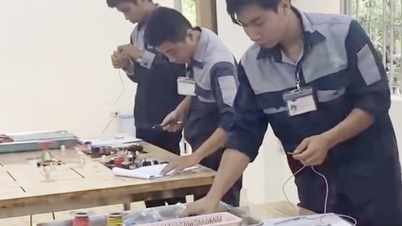






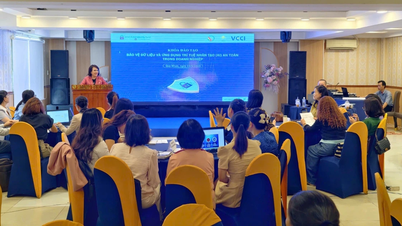

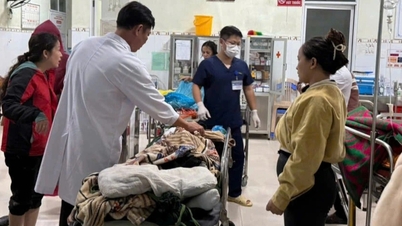

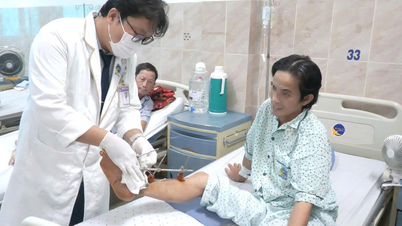


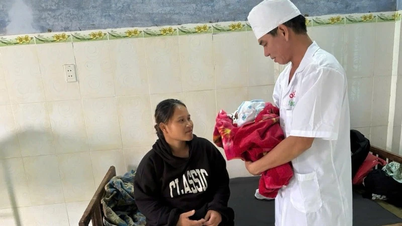

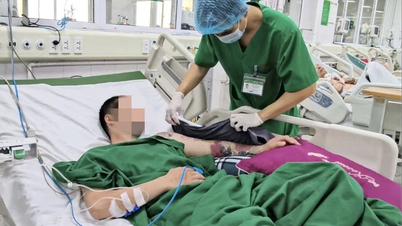
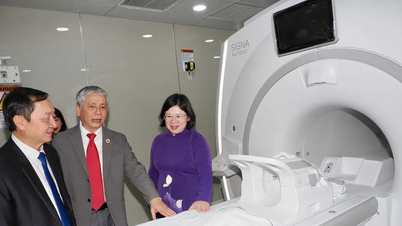







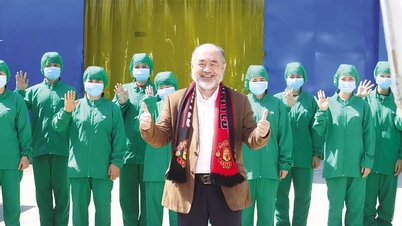
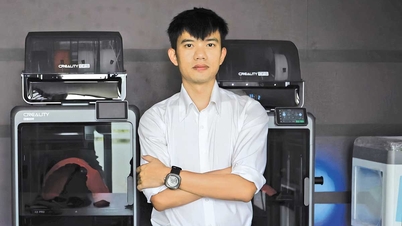








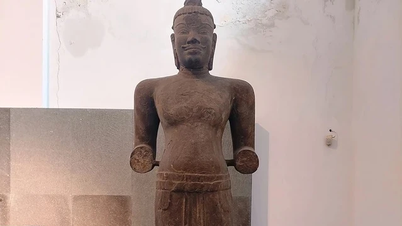




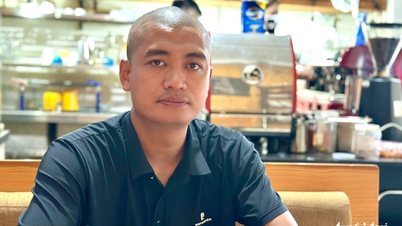

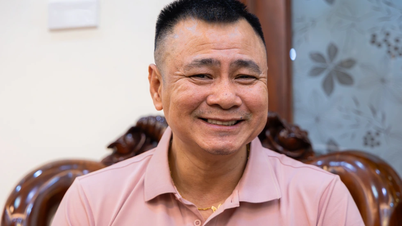





























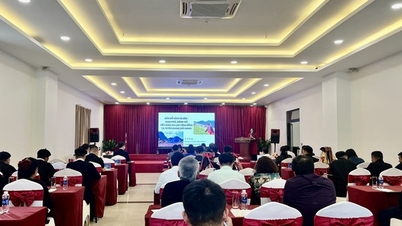




























Comment (0)